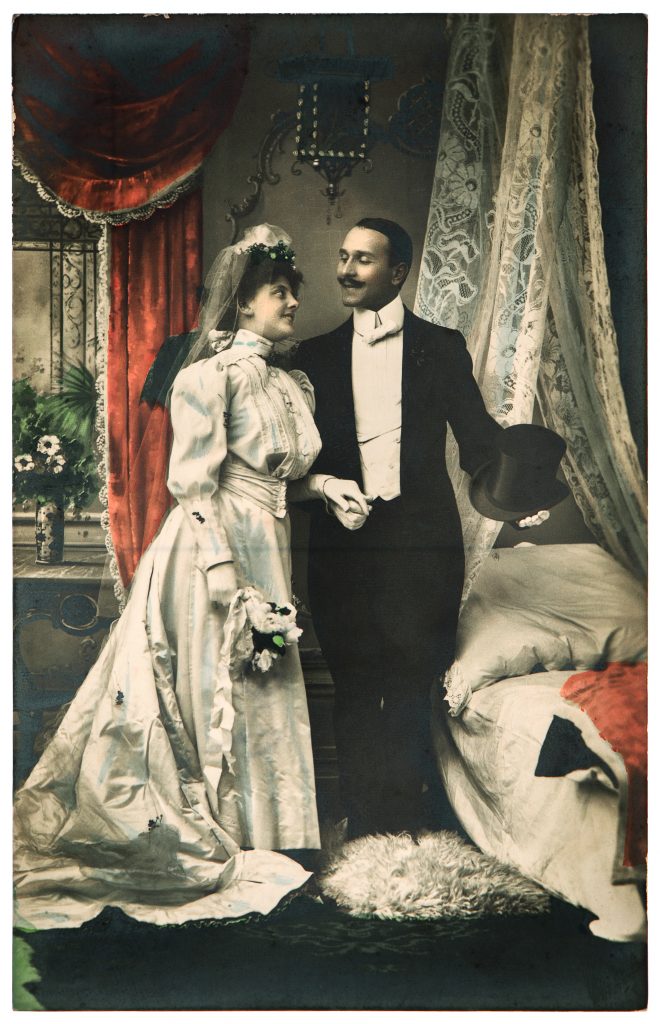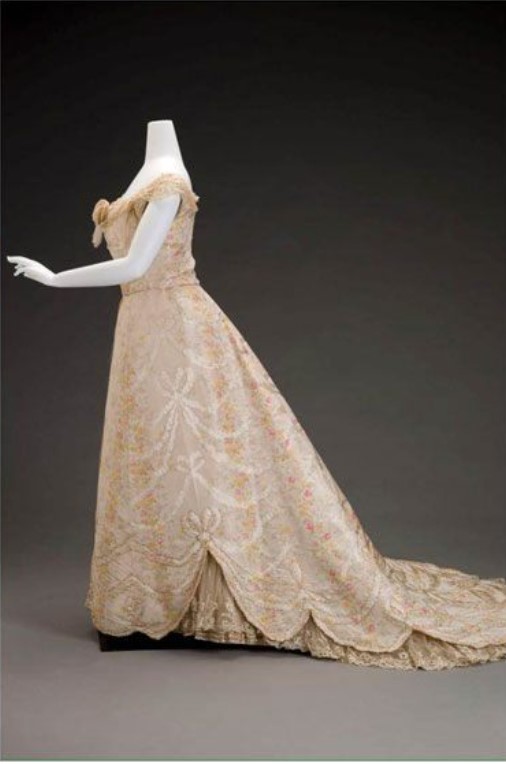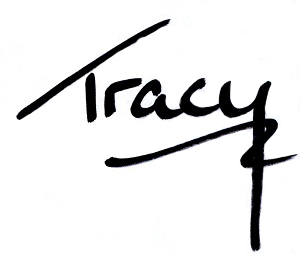No, not just yours. All of us!

We’ve all read enough historicals and historical romances to know that the tight-lacing and corsets worn through a lot of history made women’s bodies look…different.
For instance, Edwardian women with their jutting upper bodices (see right). The fashion plates of the day made them appear to be “s” shaped.
Then there was the mid-19th century obsession with tiny waists and enormous hoops.
Regency period fashions look simple, but even then, the women wore corsets to get that flowing long line.
You might be forgiven for thinking that once a woman of those times removed her corset, her body would look more or less the same as a modern woman’s — with all the natural variations.
But an article on Atlas Obscura might make you rethink that.
“The Art of Dressing Mannequins in Rare and Historic Garments” is fascinating not just because “it’s hard” to dress a mannequin in antique fashions.

Deeper into the article, you can see photos of mannequins that have been hacked and sliced, stretched and bent to accommodate the fashions they’re supposed to display.
Consider the gown on the left. There are images in the article showing how the mannequin was contorted to fit the gown.
It makes you wonder how much the female form has changed over the years, through more than just corsetry.
For instance, I know that modern women have wider waists than our ancestors because we are more active, and exercise the muscles in the abdomen, which strengthens our obliques…and also broadens the waist.
Historically, women were far more active than we modern, climate controlled, instant food women, but they wore corsets while they were doing it, and they never did sit ups or crunches! (Although I bet they were incredibly fit compared to us. Pounds and pounds of gown, undergarment and petticoats, no elevators, and little automation.)
Plus, modern women are, on average, taller. That’s a result of a preference for mates who are tall, which is a modern ideal.
It’s the degree to which the hacking and sawing of mannequins takes place in order for authentically historical garments to fit that makes me wonder what else has changed that we’re not aware of. Are our torso longer? Or shorter? We sit down far more than even the upper class women of the 19th century — have our bodies changed shape because of that?
Food for thought. And a moment to be grateful that corsets are no longer a requirement for gentile ladies!
